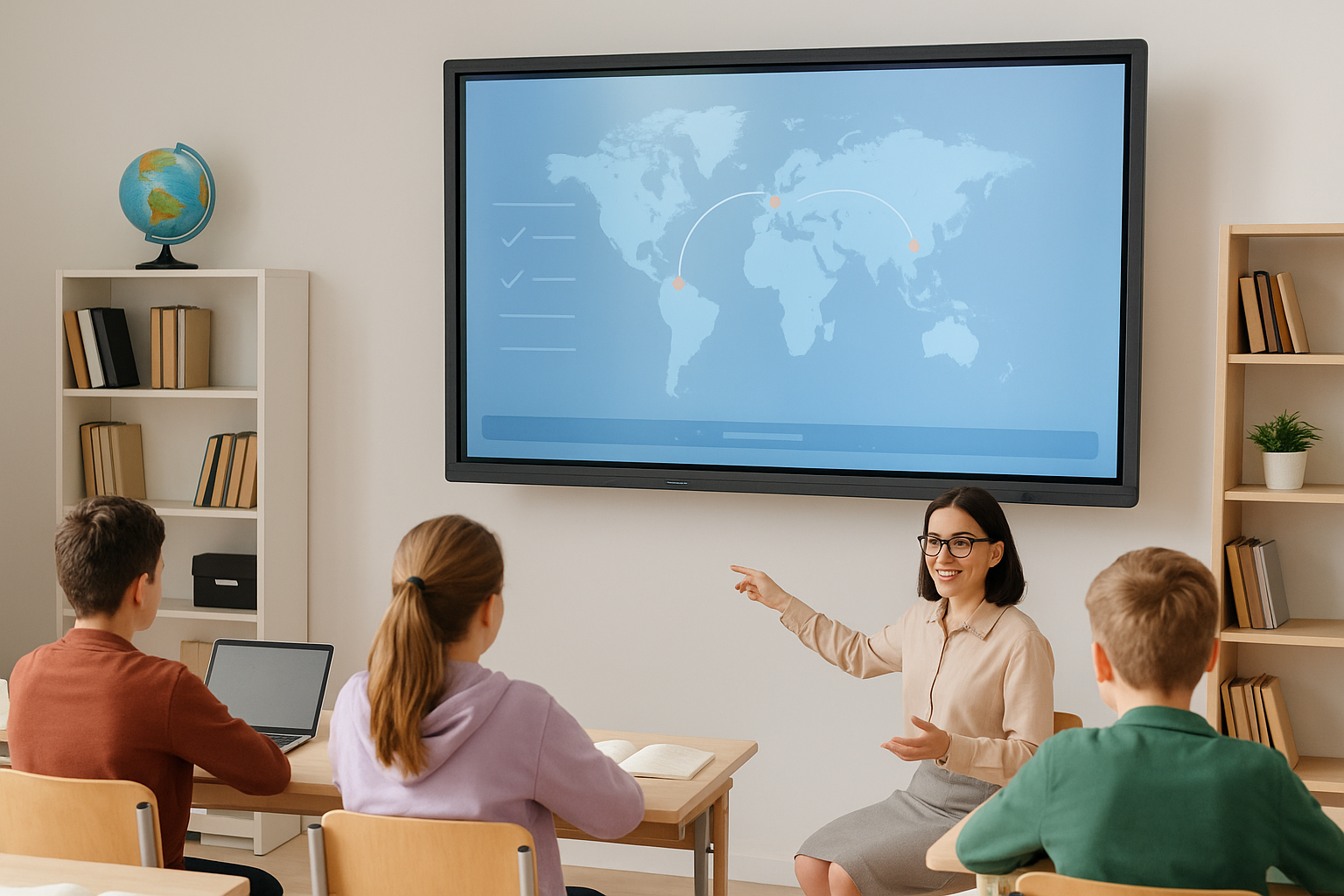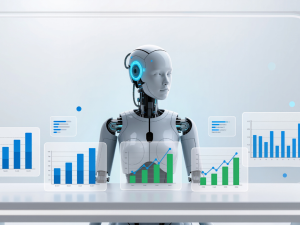Not long ago, the “smart classroom” was defined by one thing: the interactive whiteboard. Teachers traded chalk for touchscreens, projectors synced with laptops, and the classroom felt a little more futuristic. But in 2025, smart classrooms are no longer just about gadgets, they’re becoming AI-powered ecosystems.
From lesson-planning algorithms that adjust to each student’s pace, to real-time translation tools that let peers collaborate across languages, the classroom of the future is rapidly unfolding. The question is: are these changes genuinely making education better, or are students getting buried under digital overload?
From Gadgets to Intelligence
The first wave of smart classrooms was mostly hardware-based: projectors, tablets, clickers, and whiteboards. Helpful, yes but limited. Teachers often found the tech clunky, and students sometimes used it more for doodling than learning.
Now, Smart Classrooms 2.0 are shifting from tools to intelligence.
- AI lesson planning: Platforms suggest activities based on student performance, helping teachers personalize instruction without doubling prep time.
- Adaptive dashboards: Instead of one-size-fits-all lectures, students see lessons and resources tailored to their strengths and weaknesses.
- Language translation: AI speech tools make it possible for multilingual classrooms to operate seamlessly, removing barriers for non-native speakers.
- Predictive analytics: Data systems flag when students may be at risk of falling behind, giving teachers a chance to intervene early.
This isn’t just a shinier version of the old classroom, it’s a complete shift in how teaching and learning are organized.
The Case for Smart Classrooms
Advocates argue that Smart Classrooms 2.0 are finally delivering on the promise of tech-enabled education.
- Personalization at scale – Instead of teaching to the “middle,” instructors can adjust in real time for fast learners, struggling students, or those who need alternative approaches.
- Accessibility – Translation tools and adaptive features make classrooms more inclusive for students with language barriers or learning differences.
- Efficiency – Automated grading, lesson suggestions, and resource libraries save teachers hours each week, letting them focus more on teaching than paperwork.
- Future-ready skills – Students are exposed to the same AI-driven platforms and tools that many will encounter in higher ed and the workplace.
For students, this can mean more engaging lessons, less time stuck on irrelevant content, and a stronger connection between education and the tech-driven world outside.
The Case Against Smart Classrooms
Of course, not everyone is on board. For every exciting AI tool, there’s a concern about overreliance, distraction, or inequity.
- Tech fatigue – Many students already spend most of their day staring at screens. Adding more can feel overwhelming rather than helpful.
- Equity gaps – Schools with limited funding risk falling further behind, creating a widening digital divide between wealthy and under-resourced campuses.
- Privacy risks – AI platforms collect massive amounts of student data. Parents and advocacy groups are asking how securely that data is stored and who gets access.
- Teacher displacement fears – Some worry that AI lesson planning reduces the teacher’s role, turning them into facilitators instead of educators.
As one student put it in a recent survey: “Smart classrooms are cool, but sometimes I feel like I’m learning from an app, not a teacher.”
Student Perspectives: Useful or Distracting?
Reactions from students have been mixed.
- The Enthusiasts – These students thrive with personalized dashboards and instant feedback. They like being able to track progress in real time and work at their own pace.
- The Skeptics – Others complain that constant pop-ups, alerts, and data tracking turn classrooms into productivity apps rather than places for real discussion.
- The Balanced View – Many students prefer a hybrid model: technology for efficiency, but not at the expense of human interaction.
Interestingly, surveys show that while students value smart classroom tools, they’re most satisfied when technology supplements not replaces teacher interaction.
The Teacher’s Role in Smart Classrooms 2.0
If the first wave of classroom tech left many teachers struggling to adapt, the second wave is trying to make teachers’ lives easier. AI lesson planning and adaptive dashboards are designed to reduce busywork. But they also shift the role of the teacher.
Instead of being the sole source of knowledge, teachers are becoming:
- Guides who help students interpret personalized data and dashboards
- Facilitators who foster discussion and collaboration technology can’t replicate
- Interveners who respond to predictive analytics before students fall behind
This evolution may feel unfamiliar, but it doesn’t diminish the teacher’s importance; it makes them even more essential in guiding students through complex, tech-enhanced learning environments.
The Future of Smart Classrooms
Looking ahead, Smart Classrooms 2.0 may just be the beginning. Some trends already on the horizon include:
- Immersive VR/AR learning – Virtual labs and simulations could let students practice skills without expensive equipment.
- AI tutors – Always-on assistants that help with homework, explanations, or practice problems.
- Biometric feedback – Sensors tracking student engagement through eye movement, stress levels, or participation—though this raises ethical questions.
- Global collaboration hubs – Classrooms linked across countries, allowing joint projects between students continents apart.
Whether these innovations feel exciting or unsettling depends on perspective but either way, they’re coming fast.
Final Take: Better Learning or Digital Distraction?
Smart Classrooms 2.0 aren’t just about swapping chalkboards for touchscreens, they’re about reimagining how learning happens. Done well, they can personalize instruction, break down barriers, and give students skills that matter in the real world.
But the risks are real: tech fatigue, equity gaps, and the danger of losing the human connection that defines good teaching.
For students, the future classroom may be full of dashboards, AI helpers, and real-time translation but what matters most is that it remains a place where learning feels personal, meaningful, and human.






